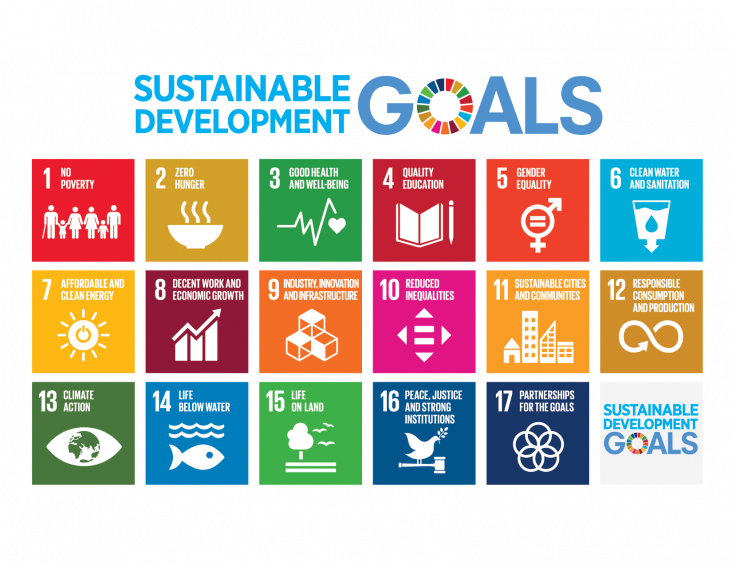Elsevier,
Social Ecology in the Digital Age, Solving Complex Problems in a Globalized World, 2018, Pages 223-264
This book chapter advances SDGs 13 and 15 by confronting what many scientists and policymakers regard as our gravest existential threats today—global climate change and its impacts on groundwater and food supplies, sea level rise and coastal flooding, ocean acidification extreme weather events, biodiversity loss, violent conflict over scarce resources, and disease pandemics.
Two years on from what was a very optimistic COP 21 in Paris, the general sense of where we are now is less certain. While there is a lot still to be positive about – especially some renewable energy generating technologies becoming much cheaper, there is a different landscape with new geo-political challenges, not least the changing political Administration in the US. With these uncertainties as a backdrop to climate change in 2017, Elsevier has brought together 3 leading experts to help understand the challenges related to implementation of SDG 13 and where we should go from here. The speakers include Alice Larkin from the Tyndall Centre for Climate Change, Roland Roesch from IRENA and Jenny Heeter from NREL. These speakers provide some contemporary context around the themes that we should be aware of, including progress on the latest Carbon reduction targets; importance of innovation within renewable energy sector; and how policy has a vital role to play.

The Blueprint for Business Leadership on the SDGs aims to inspire all business to take leading action in support of the achievement of all Sustainable Development Goals (SDGs).
Fisheries constitute an important source of livelihoods for tens of thousands of poor people in the southwest coastal region of Bangladesh, and they supply a significant portion of protein for million
Previous research suggests that when individuals encounter new information, they interpret it through perceptual ‘filters’ of prior beliefs, relevant social identities, and messenger credibility.
A climate mitigation comprehensive solution is presented through the first high yield, low energy synthesis of macroscopic length carbon nanotube (“CNT”) wool from CO2 by molten carbonate electrolysis
Existing studies on adaptation to climate change mainly focus on a comparison of male-headed and female-headed households.
Elsevier,
Gopalakrishnan, Varsha and Bakshi, Bhavik R., "Including Nature in Engineering Decisions for Sustainability", Editor(s): Martin A. Abraham, Encyclopedia of Sustainable Technologies, Elsevier (2017), Pages 107-116
Through the practice of biomimicry, engineering can both emulate and conserve the natural world. In this chapter, the author notes that our development practices have often "ignored or undervalued" nature, and describes the ways in which we can aim to build systems that are self-sustaining and resilient, much like earth's ecosystems. This chapter advances SDGs 7, 11 and 13.

This book presents the country development diagnostics post-2015 framework, developed by the World Bank Group to assess the country-level implications of the post-2015 global agenda, as well as brief, ‘at-a-glance’ applications of the framework to ten countries: Ethiopia, Jamaica, the Kyrgyz Republic, Liberia, Nigeria, Pakistan, Peru, the Philippines, Senegal, and Uganda.
